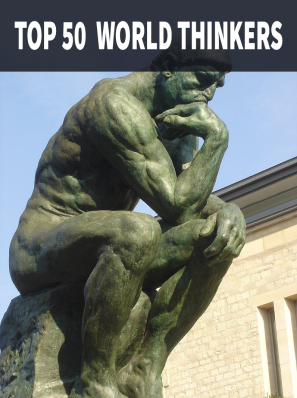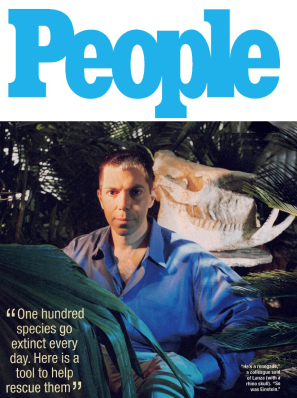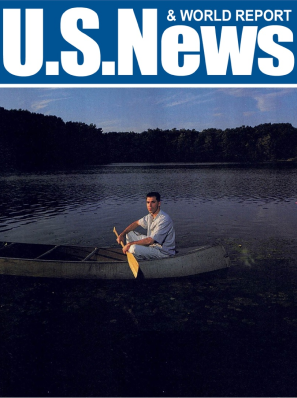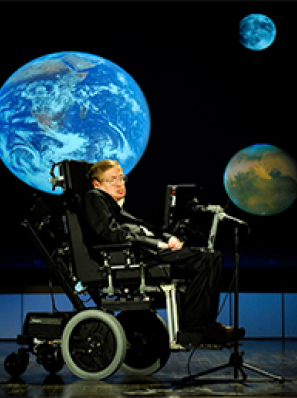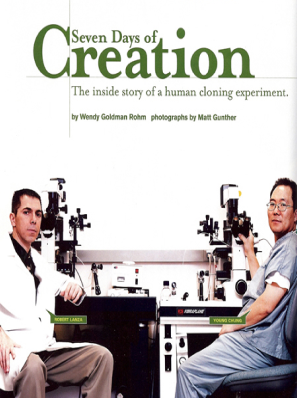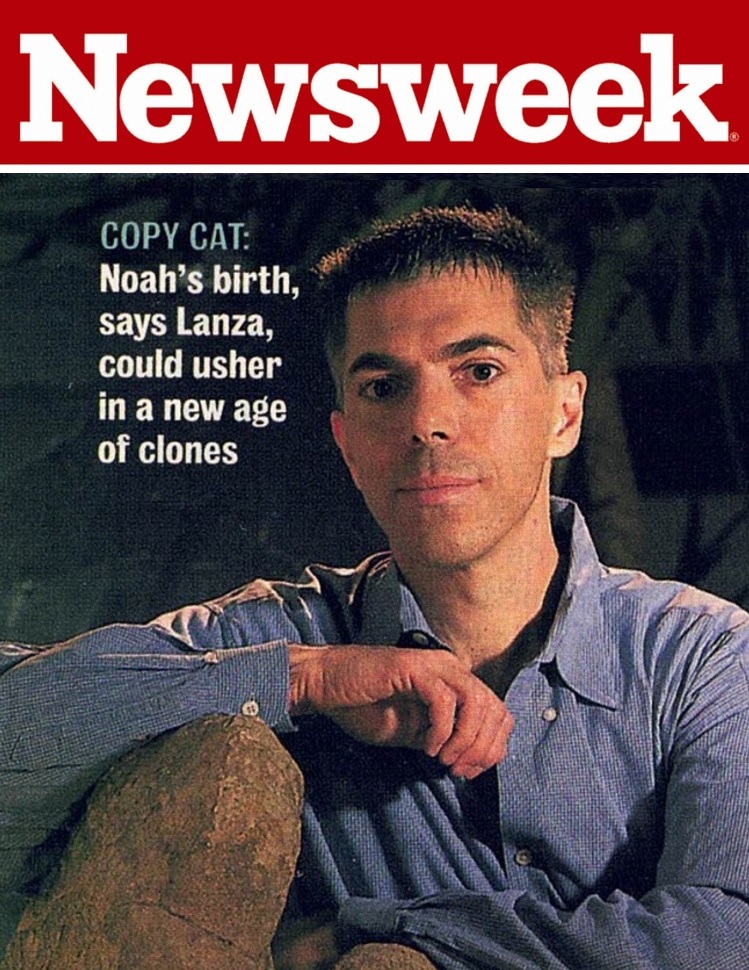In Star Wars, the bars are bustling with all types of alien creatures. And then, of course, there’s Yoda and Chewbacca. Recently, renowned scientist Stephen Hawking stated that he too believes aliens exist: “To my mathematical brain, the numbers alone make thinking about aliens perfectly rational.”
Hawking thinks we should be cautious about interacting with aliens — that they might raid Earth’s resources, take our ores, and then move on like pirates. “I imagine they might exist in massive ships, having used up all the resources from their home planet. Such advanced aliens would perhaps become nomads, looking to conquer and colonize whatever planets they can reach.”
But where are they all anyhow?
For years, NASA and others have been searching for extraterrestrial intelligence. The universe is 13.7 billion years old and contains some 10 billion trillion stars. Surely, in this lapse of suns, advanced life would have evolved if it were possible. Yet despite half a century of scanning the sky, astronomers have failed to find any evidence of life or to pick up any of the interstellar radio signals that our great antennas should be able to easily detect.
Some scientists point to the “Fermi Paradox,” noting that extraterrestrials should have had plenty of time to colonize the entire galaxy but that perhaps they’ve blown themselves up. It’s conceivable the problem is more fundamental and that the answer has to do with the evolutionary course of life itself.
Look at the plants in your backyard. What are they but a stem with roots and leaves bringing nutriments to the organism? After billions of years of evolution, it was inevitable life would acquire the ability to locomote, to hunt and see, to protect itself from competitors. Observe the ants in the woodpile — they can engage in combat just as resolutely as humans. Our guns and ICBM are merely the mandibles of a cleverer ant. The effort for self-preservation is vague and varied. But when we’ve overcome our struggles, what do we do next? Build taller and more splendid houses?
What happens after life completes its transition to perfection? Perhaps across space, more advanced intelligences have taken the next evolutionary step. Perhaps they’ve evolved beyond the three dimensions we vertebrates know. A new theory — Biocentrism — tells us that space and time aren’t physical matrices, but simply tools our mind uses to put everything together. These algorithms are the key to consciousness, and why space and time — indeed the properties of matter itself — are relative to the observer. More advanced civilizations would surely understand these algorithms well enough to create realities that we can’t even imagine, and to have expanded beyond our corporeal cage.
Like breathing, we take for granted how our mind puts everything together. I can recall a dream I had of a flying saucer landing in Times Square. It was so real it took awhile to convince myself that it was a dream (that I was actually at home in bed). I was standing in a crowd surrounded by skyscrapers when a massive spaceship appeared overhead. Everyone started running. My mind had somehow generated this spatio-temporal experience out of electrochemical information. I could feel the vibrations under my feet as the ship started to land, merging this 3D world with my inner thoughts and sensations.
Although I was in bed with my eyes closed, I was able to run and move my arms and fingers. My mind had created a fully functioning body and placed it in a virtual world (replete with clouds in the sky and the Sun) that was indistinguishable from the one I’m in right now. Life as we know it is defined by this spatial-temporal logic, which traps us in the universe of up and down. But like my dream, quantum theory confirms that the properties of particles in the “real” world are also observer-determined.
Other information systems surely exist that correspond to other physical realities, universes based on logic completely different from ours and not based on space and time as we know it. In fact, the simplest invertebrates may only experience existence in one dimension of space. Evolutionary biology suggests life has progressed from a one dimensional reality, to two dimensions to three dimensions, and there’s no scientific reason to think that the evolution of life stops there.
Advanced civilizations would certainly have changed the algorithms so that instead of being trapped in the linear dimensions we find ourselves in, their consciousness moves through the multiverse and beyond. Why would Aliens build massive ships and spend thousands of years to colonize planetary systems (most of which are probably useless and barren), when they could simply tinker with the algorithms and get whatever they want?
Life on Earth is just beginning to send its shoots upward into the heavens. We’ve even flung a piece of metal outside the solar system. Affixed to the spacecraft is a record with greetings in 60 languages. One can’t but wonder whether some civilization more advanced than ours will come upon it. Or will it just drift across the gulf of space? To me the answer is clear. But in case I’m wrong, I have a pitch fork guarding the ore in my backyard.
Robert Lanza has published extensively in leading scientific journals. His new book “The Grand Biocentric Design” lays out his theory of everything.
Comments (331)




